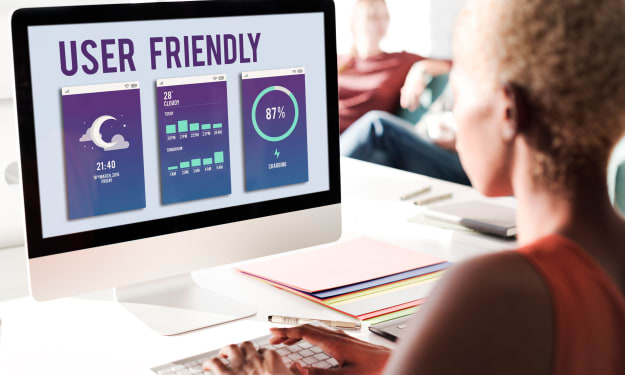Homogenization of Templates with Pre-built Elements
The blog talks about how the constant use of pre-built templates without any customization leads to homogenization.

Excess of everything is bad, we all have heard this quote since our childhood. It rings true in many aspects of life, and the world of no code is no exception. The rise of no-code platforms has democratized web app/mobile app development, making it easier for anyone to develop user interfaces.
Do you know, that one website is built every 3 seconds, but only a few of them survive the tough competition?
No-code platforms offer pre-built templates that make it easier and faster to design interfaces. However, their ease of use can lead to potential pitfalls.
Due to the over-usage of these pre-built templates, originality is often compromised, making it difficult for the brands to differentiate themselves visually and functionally.
So, on one hand, pre-built templates often help enterprises to come up with interfaces quickly that generally have good experience. However, on the other hand, it leads to potential homogenization.
What do you mean by homogenization?
Basically, it means the process of becoming identical and similar. In the context of UI/UX, it means it describes a situation where every website/application starts to look and feel the same, despite belonging to different enterprises.
This happens when the enterprises use pre-built templates without any customization, provided by no-code tools, resulting in a generic user experience across various platforms.
Imagine using a different website/application and feeling a déjà vu. Every website uses the same elements, buttons, and layout since these pre-built components are readily available.
This homogenization of user interfaces potentially sacrifices creativity. As a result, you might be in the same boat as hundreds of others.
Is there any way to combat this? Do we have any option to make our website/application stand apart from the rest?
To your surprise, there is a solution that is very much prevalent nowadays. Customization is the key to standing out from the competition. This is one of the few ways by which you can customize pre-built components. You can modify font, and color, and even add animations to create a more unique look.
Try focusing on the brand identity and customizing the elements specific to the brand to maintain its personality. When a brand lacks a distinct visual identity and engaging user experience, it negatively impacts the conversion rate. Users are less likely to trust your website.
Additionally, UX/UI designers should leverage no-code tools and combine these pre-built components with custom elements to create a user experience that is both functional and visually engaging.
In this way, you ensure that your website is different from other platforms and no users feel déjà vu while browsing through your website.
Although chances of homogenization exist, no-code platforms are in their infancy. As platforms evolve and become more adaptable, we can expect to see a balance between efficiency and creativity. Platforms will offer more flexibility for designers.
No-code platforms will provide tools for a strong foundation while designers will ensure that the outcome is not only functional but is also visually distinctive and engaging for the users. These no-code tools will evolve to offer a wide range of customization options, empowering designers to create a unique interface that represents the brand identity.
The future of no-code lies in embracing its collaborative nature. Designers working in proximity with no-code platforms will unleash their creativity without compromising efficiency. Thoughtful customization will ensure that no homogenization of templates with pre-built elements happens.
By prioritizing customization, brand identity, and user experience, designers can leverage no-code platforms to create unique and engaging experiences. The future of no-code design lies in finding the right balance between efficiency and creativity, ultimately empowering the creation of impactful user interfaces.
About the Creator
Bhagyam Singh
A girl trying to find her way into the world of Internet technology by communicating complex technical concepts clearly and understandably.






Comments
There are no comments for this story
Be the first to respond and start the conversation.